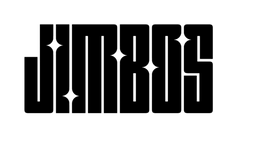Picture Perfect Polish – Why It’s Beating the One-Step Competition
Most one-step polishes either cut well but finish rough… or finish glossy but don’t cut at all. Picture Perfect Polish isn’t most polishes.
This review breaks down what makes Picture Perfect Polish different, how it compares to other one-step options, and what to expect when you use it on real-world paint.
What Makes a Good One-Step Polish?
- Good Cut: Removes swirls, haze, and light oxidation
- Great Finish: No holograms, haze, or micro-marring left behind
- Low Dust: Cleaner work and less towel drag
- Pad Dependent: Works well on foam or microfiber
We’ve used dozens of one-steps. Most leave something lacking. Picture Perfect Polish fixes that by balancing real cut with a glossy finish—without sacrificing either.
What Makes Picture Perfect Polish Stand Out?
- Cut like 3D ONE on a heavy pad
- Finish like 3D Speed on a finishing pad
- Zero dust. Long working time. Easy wipe-off
- No fillers, no oils, no nonsense
And yes—it works on soft paint, hard paint, black paint, and everything in between.
Try Picture Perfect Polish
The one-step polish that actually cuts and finishes. No need for compound + polish combos anymore—just choose your pad and go.
How It Compares to the Competition
| Feature | Picture Perfect Polish | 3D ONE | Gold Standard |
|---|---|---|---|
| Cut | Strong | Strong | Moderate |
| Finish | Excellent | Average | Good |
| Dust | None | Moderate | Low |
| Ease of Use | Very Easy | Average | Finicky |
Real Tips for Real Results
- Use a burgundy pad for heavier cut and great finish
- Use a black foam pad for ultra-soft paint or final finish
- Wipe down with Softer Than Soft Towels to avoid re-marring
No special cleaners needed. No oily haze. Just a clean, clear finish every time.
Related Paint Correction Posts
- Compound vs Polish – What’s the Real Difference?
- Should You Polish Before Applying Ceramic?
- Best Pads for One-Step Polishing



